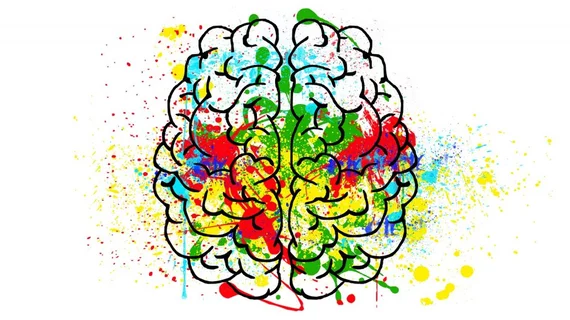MRI scans help researchers understand the biology of autism
With the help of MRI, San Diego State University (SDSU) researchers found the amygdala of children on the autism spectrum disorder (ASD) had weaker connections with some regions of the brain compared to “typically developing” children within the same age group. Their results were published in the Journal of the American Academy of Child & Adolescent Psychiatry.
The patterns or brain markers exhibited in the MRI scans, the authors noted, could one day assist with identification of autism in children.
“The patterns of amygdala connections are very unique in autism,” said SDSU psychologist and lead researcher Inna Fishman, PhD, in a prepared statement. “What we found is not necessarily something I would predict. We measured connections of the amygdala with the entire brain, and the findings with the visual cortex kind of surprised me.”
Fishman and colleagues assessed the resting-state MRI data from 55 children with ASD and 50 who had typical development. The cohort was between the ages of seven and 17.
The MRI scans of the ASD cohort showed a decrease in functional connectivity between the bilateral amygdala and the left inferior occipital cortex and an increase in connectivity between the right amygdala and right sensorimotor cortex in the ASD cohort.
The researchers also noted that the MRI findings did not show the typically occurring connections between the amygdala and the frontal cortex that take place during adolescent years—these connections were lacking in the ASD cohort.
Fishman et al. noted the MRI findings may reveal brain markers that can illustrate the disorder in biological terms rather than just behavioral terms. However, the researchers are still unsure if this causes the general lack of social functioning among those with ASD.

